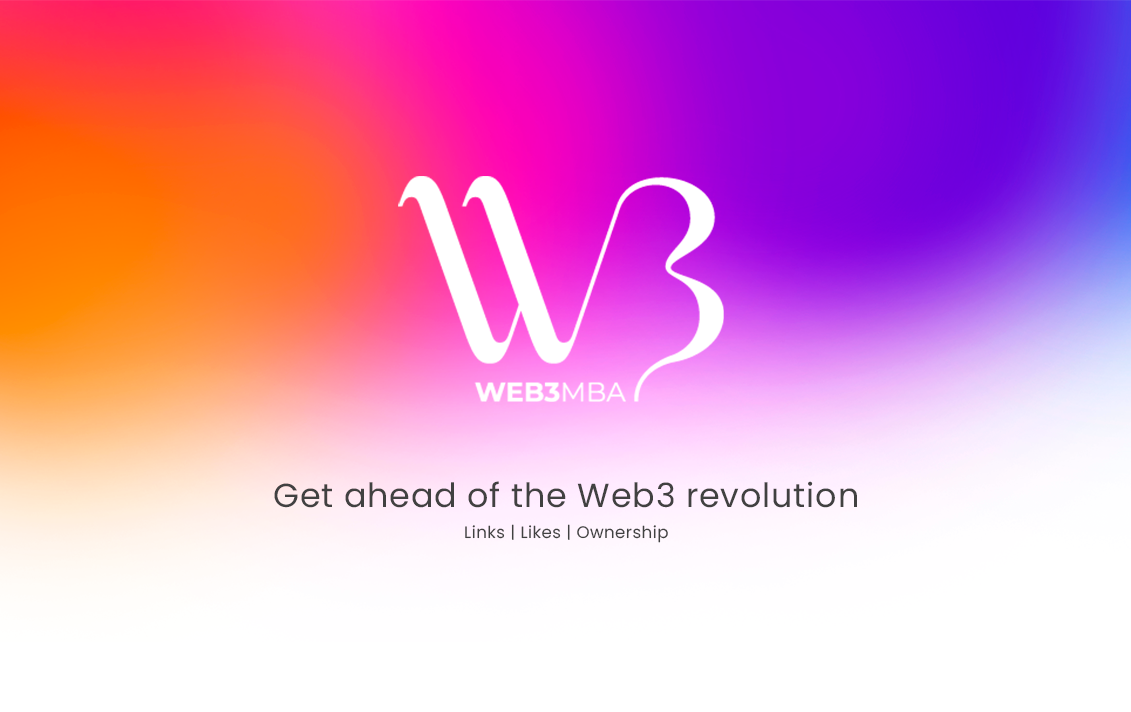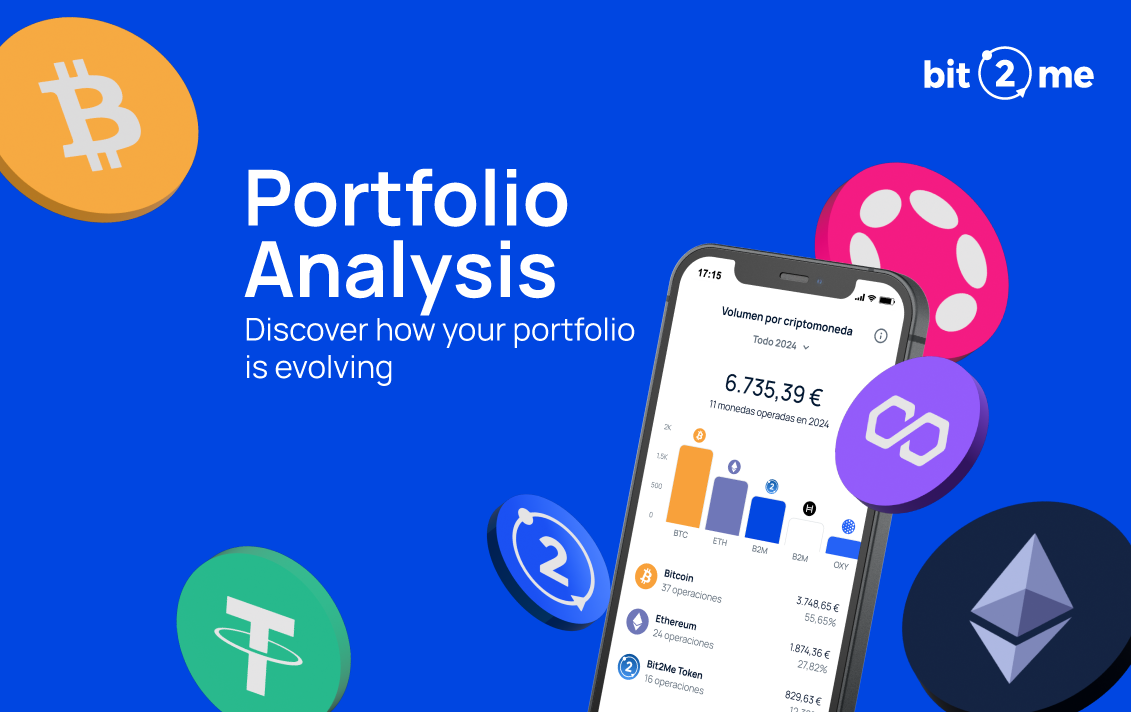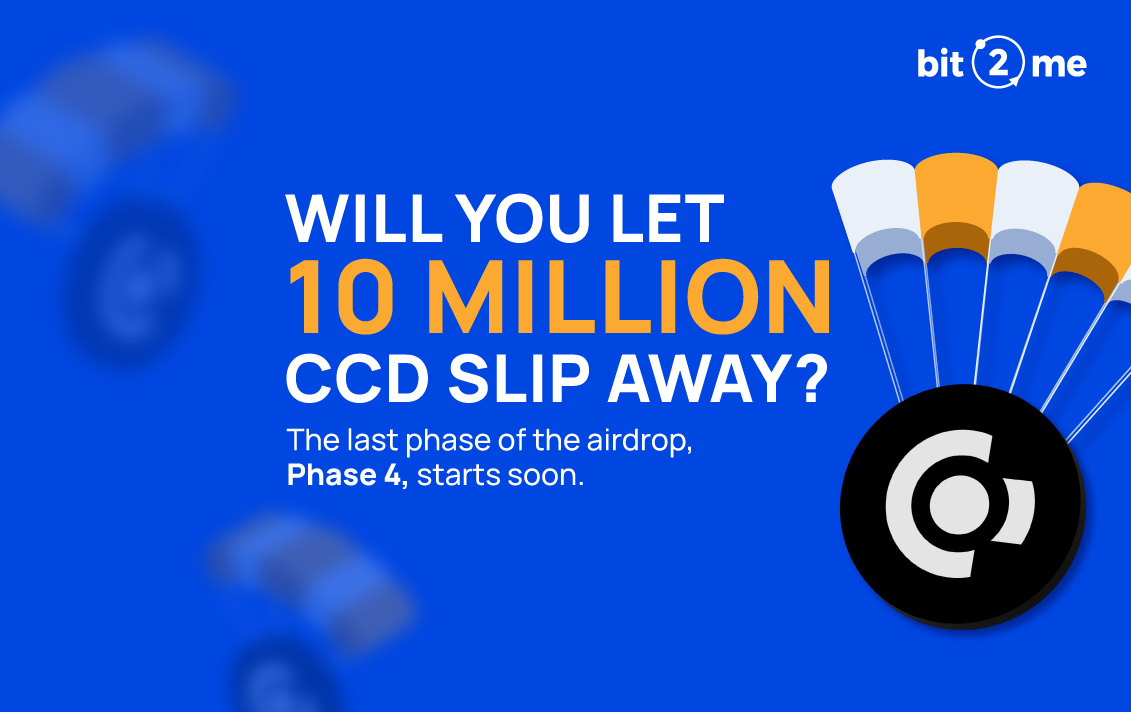The new technological paradigm of Web3, a technology that has arrived along with blockchain, is set to revolutionise everything. More and more large technology companies are deciding to be part of the change. However, before Web3 there was Web1 and Web2. Here are their main characteristics to better understand this transformational journey.
The beginnings of the Web: Web1
Web1, the first Web, was the Web of beginnings, the Web of links. Although it was a technological innovation that also came to change everything, from the moment it appeared it did not stop evolving, nor has it stopped evolving until today in the form of Web3. In Web1, Internet users had a fairly limited role: the consumption of information that was hosted on computer servers.
In terms of browsing, Web1 was completely textual and the queries that could be made were quite limited, although with the appearance of HTML it became a little more interactive, although users continued to have limited functionalities such as reading the information, and it was practically impossible to interact with it or comment on it.
In addition, the Web1 included little corporate interference, advertisements were practically non-existent, and were even banned in many Web spaces. Similarly, the Internet was composed mostly of static pages.
In Web1, information came from central sources and there were far fewer alternatives for changing the content published or the design of Web sites. Thus, Web1 did not allow for much public participation. With Web1 there were no co-production pages like Wikipedia and users could not download the apps they used, see how they worked or alter them, and source code was rarely published.
The evolution of the Internet: Web2
Web2 came to prominence with the so-called “dotcom bubble era”. Web2 allowed users to modify designs and code in more detail, but it also meant the corporatisation of the Internet.
In this way, Web2 encourages interaction between the Web and users and the Internet becomes a collaborative platform in which all users can participate, giving them a greater voice than with Web1, but with the disadvantage that this Web is actually dominated by companies offering services in exchange for personal data.
The transition from Web1 to Web2 brought some advances for users, but it also included different obstacles for the evolution of the network due to the point of corporatism present in 2.0. For example, thanks to the corporate element, well-funded platforms such as Facebook and Twitter were able to invest in the development of their ideas, but at the same time began to have the power to censor information that they felt was contradicting community guidelines.
Web2 came with new technical capabilities but at the same time these services started to be delivered by companies that require compliance with different rules.
Also, while Web2 is an Internet dominated by companies that, in exchange for personal data, offer services, Web3 is based on decentralised applications that allow people to participate without having to monetise their own personal data and that can be run on the blockchain.
The trans-formation of the Internet: What is Web3?
Web3 is a new type of technology based on decentralised blockchains. It is the evolution of previous webs, based on a technology that allows building fully decentralised online services that leverage the blockchain to allow users full control of digital content and assets, much more security and also privacy on the web.
In this way, Web3 is the decentralised interest based on P2P networks and blockchain technology that enables a completely secure experience for users. Web3 brings together technologies such as the semantic web, Artificial Intelligence and 3D technology. Similarly, Web3 can take many different forms: from decentralised social networks to NFT platforms or Play To Earn video games.
Thus, the main characteristic of Web3 is the exchange of data as an alternative to data ownership. Blockchain technology allows all users to contribute to the storage, creation and verification of information.
Web3 also incorporates advanced 3D graphics, metaverse, augmented reality and virtual reality aspects into its applications. In addition, Web3 is powered by Smart Contract technology, eliminating external intermediaries. Web3 means that all users can contribute to the way the Internet is built and that much of the power held by large technology corporations is diminished, as it is shared by the entire population.
Finally, Web3 also has a less negative impact on the environment, as it is a much more sustainable evolution of the Web, with greater connectivity and a trustless system. The Semantic Web and the use of AI also allows humans to harness the power of technology more efficiently. Knowing how to adapt to all these changes will be crucial for the future if we do not want to be left behind in a world full of new opportunities.
Now that you know the differences in the evolution of websites, how about going deeper into Web3 with our Web3MBA? Sign up now to the waitlist to
receive more information.




